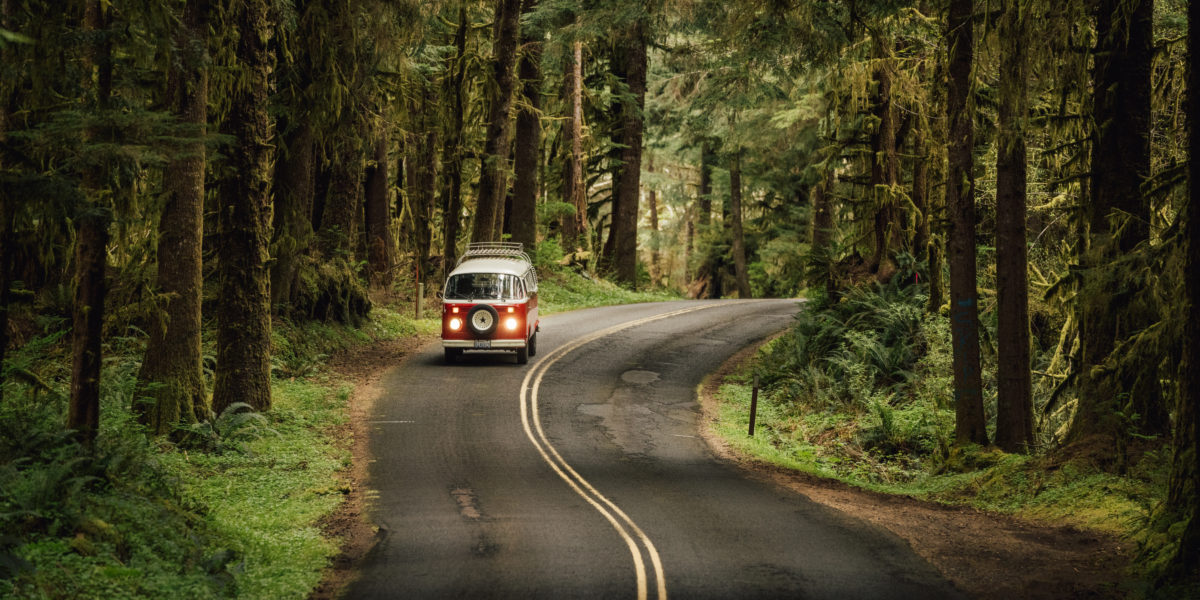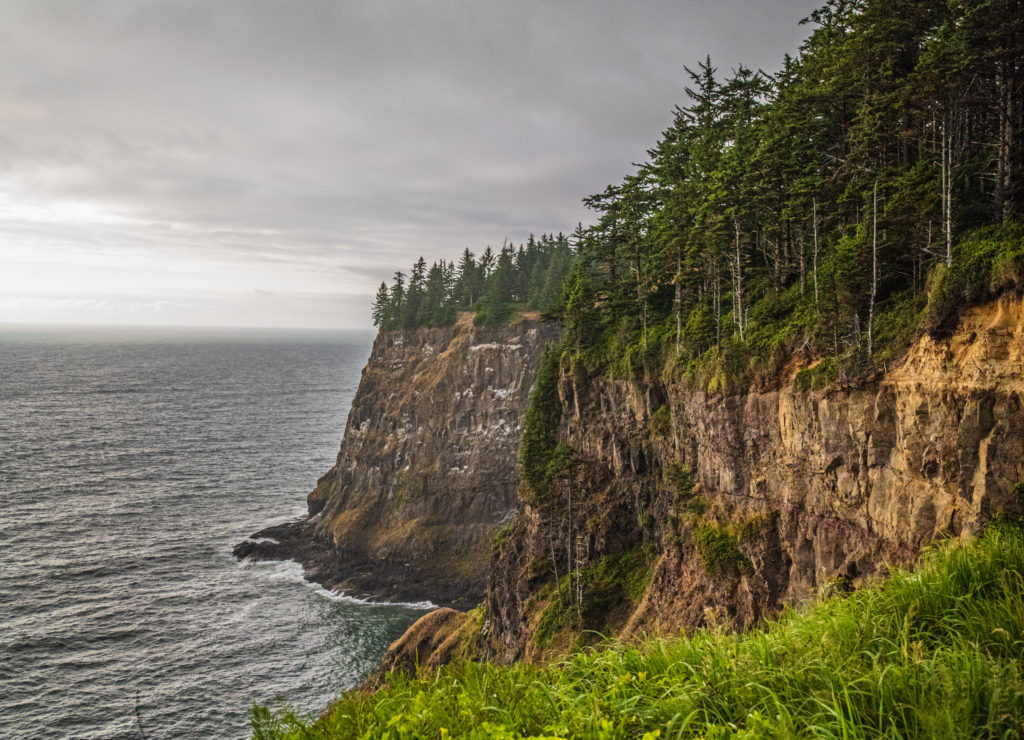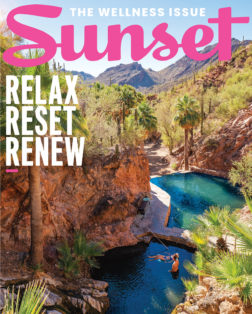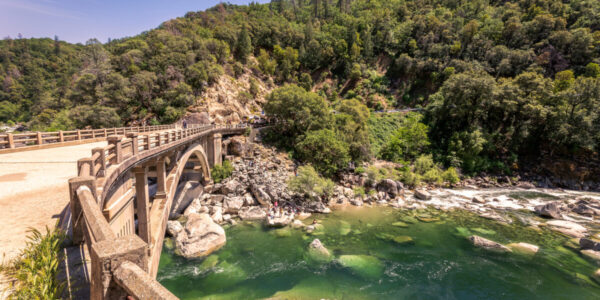
These National Forests Are the Most Popular Destinations for RVers
National park overcrowding has nudged nearly one-third of travelers toward alternative destinations, national forests principal among them.

Post-pandemic travel modifications have paved the way for a true road trip renaissance, as never-before-seen work flexibility, travel restrictions, and vigilance of crammed spaces continue to spawn an evolving affinity for conversion vans, RVs, and camp trailers.
In its 2021 report on traveler trends, the Texas-based Outdoorsy found that more than 90% of survey respondents indicated plans to take a road trip in 2022, a tendency aided by 62% of respondents having newfound flexibility to remain either partially or fully plugged into work from any location. Additionally, nearly half of those surveyed suggested their 2021 road trip experience acted as the primary catalyst to buy their own camper.
As a result, recreational vehicle purchases have soared when juxtaposed with pre-pandemic totals. In fact, in February 2020, one month before COVID-related shutdowns throttled the nation from what was once its comfort zone, RV shipments totaled 37,113, according to the RV Industry Association. This past October, that number spiked to almost 58,000. But where are all these new open-road enthusiasts heading? Thanks to an Outdoorsy report unveiled earlier this month, we have a pretty clear idea.

J.D. Simkins
With national park overcrowding nudging nearly one-third of travelers from the nation’s 63 most-treasured destinations toward camping alternatives, it should come as no surprise that national forests have stepped in to shoulder the tourism burden.
Using the Recreation Information Database provided by recreation.gov, the team at Outdoorsy determined the 15 most-visited national forests in 2020. The order was ascertained by calculating the total number of RV nights booked at each location over the course of the year. Of those, 11 are scattered across Western expanses, where the harmonious marriage of sights and solitude—social distancing, in our case—is oftentimes easily attainable.
In Colorado, Grand Mesa, Uncompahgre, and Gunnison National Forests—three forests comprising a single unit—made the RV-inspired list at No. 15, a credit to the attractiveness of the forest’s five fourteeners, or peaks over 14,000 feet. The Centennial State’s White River National Forest came in at No. 10, an apt designation given its 10 peaks over 14,000 feet. The 2,500 miles of trails probably don’t hurt either.
Northwestern Wyoming’s Shoshone National Forest, a key part of the 10-million acre Greater Yellowstone Ecosystem, was the 11th most popular RVer destination, with 2,311 nights booked, and in Utah, the 2.17-million acre Uinta-Wasatch-Cache National Forest netted 5,481 nights, good for seventh overall.

Sunset’s Wellness Issue 2022
More from this issue:
- How Seth Rogen Turned Meditative Practices into Houseplant’s Homewares
- Booze-Free Bars and Shops Are Finally Gaining Momentum in the West
- Warmer Weather Is Around the Corner: Your February and March Garden Checklist
- These Wellness Getaways Offer Next-Level Spots to Soak
- New Nostalgia Is on the Menu at Seattle’s Hottest Filipino Restaurant
Oregon, meanwhile, came in with the fifth- and sixth-most popular destinations thanks to visitors flocking to the evergreen coastlines and inland mountain ranges of Siuslaw and Mt. Hood national forests, respectively, while Alaska’s Chugach National Forest, an area the size of New Hampshire, notched the fourth spot, totaling 7,600 RV nights booked.
No state, however, featured more top-15 entries than California—four, if counting the eastern California sliver of Nevada’s 6.3 million-acre Humboldt-Toiyabe National Forest, the largest national forest in the entire lower 48.
At No. 14 overall was Stanislaus National Forest, an area northwest of Yosemite National Park that touts 800 miles of rivers and streams, and in second, San Bernardino National Forest tallied just over 9,000 total RV nights booked.
The only national forest to top 10,000 total nights booked, and in first place, was Sequoia National Forest, an outdoors mecca boasting more than 1,100 miles of hiking trails, 222 miles of rivers, and almost 315,000 acres of wilderness.
In all, the U.S. Forest System features an incredible 193 million acres of wild lands comprising 9,000 miles of scenic byways, 150,000 miles of hiking trails, 4,400 miles of rivers, and 5,100 campgrounds. If you’re looking for alternatives to that overcrowded national park, why not start there?
Outdoorsy’s 10 most-visited national forests for RVers are:
- Sequoia National Forest, California
- San Bernardino National Forest, California
- The national forests in North Carolina
- Chugach National Forest, Alaska
- Siuslaw National Forest, Oregon
- Mt. Hood National Forest, Oregon
- Uinta-Wasatch-Cache National Forest, Utah
- Humboldt-Toiyabe National Forest, Nevada/California
- Cherokee National Forest, Tennessee
- White River National Forest, Colorado
Read the full report here.
